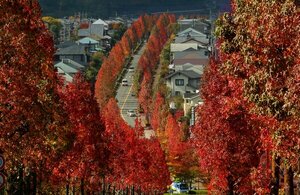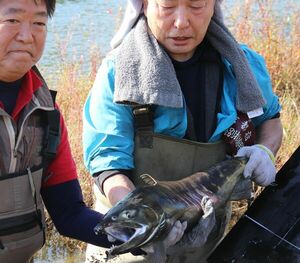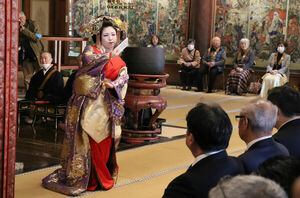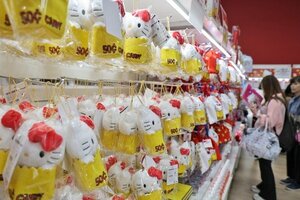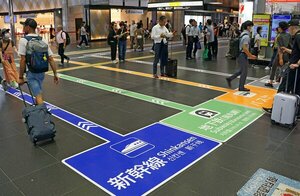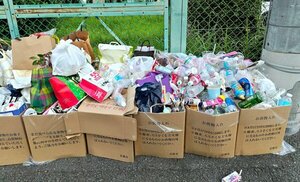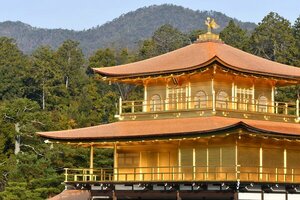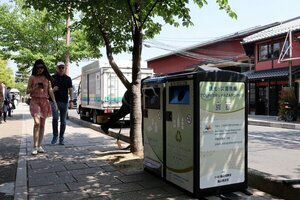It is said that there are more than 10,000 stone and metal Buddha statues called "Ojizo-san" in the alleys of Kyoto City, which is said to be more than convenience stores and mailboxes. "Ojizo-san" is called "Jizo Bodhisattva" to be exact, and has been regarded as a guardian deity of children in Japan.
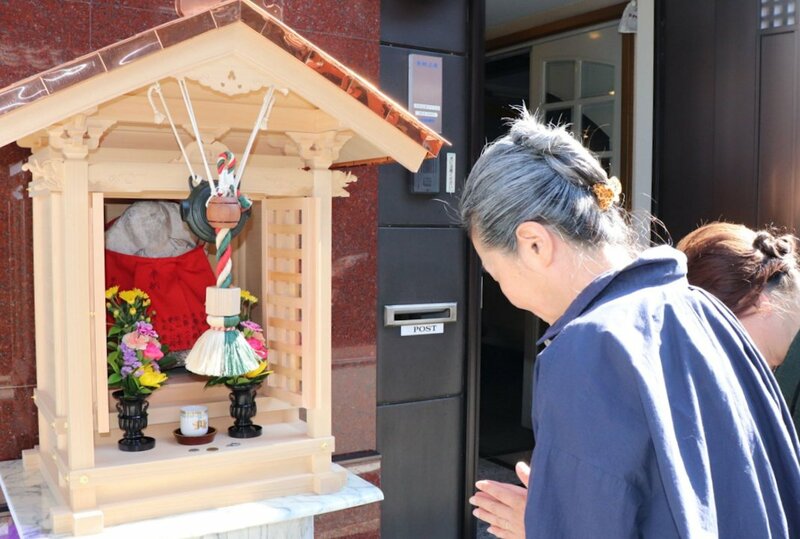
At the end of August, each neighborhood association in Kyoto holds a Jizo-bon festival where residents gather around the Jizo-san to pray for the healthy growth of their children. Beginning with a Buddhist monk at a nearby temple reading sutras in front of the Jizo statue, there is a ritual in which children sitting in a circle spin a large rosary with a diameter of 5 to 3 meters. And children are given an assortment of sweets. There is also a lottery where children can win toys. It marks the end of summer in Kyoto, and is an unforgettable memory for children.
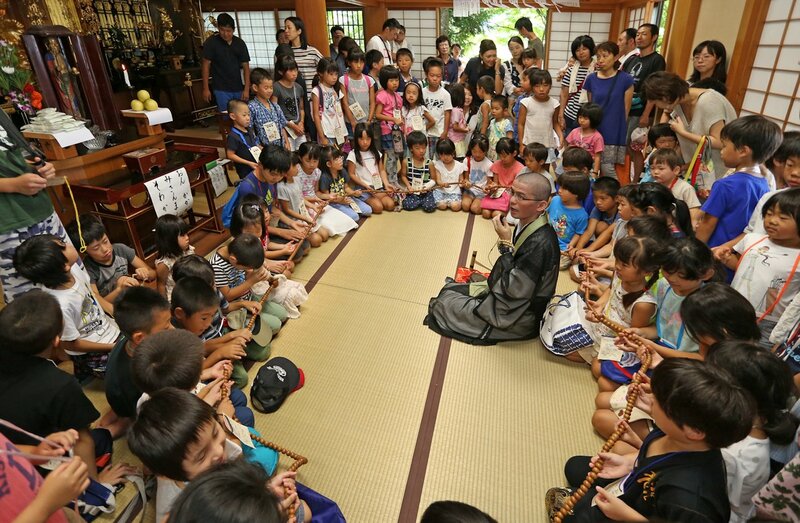
When did "Jizobon" begin? According to a researcher who investigated "Jizo-bon", there is a theory that many of the "Ojizo-san" in the alleys of Kyoto were stone Buddha statues that were used as grave markers in the 15th and 16th centuries. In the latter half of the 16th century, Toyotomi Hideyoshi developed the city of Kyoto, and as the urban area expanded, these stone Buddha statues were buried underground, but it is said that children began digging them out and enshrining them at some point. It is said that such "Ojizo-san" includes not only "Jizo Bodhisattva" but also other Buddha statues.
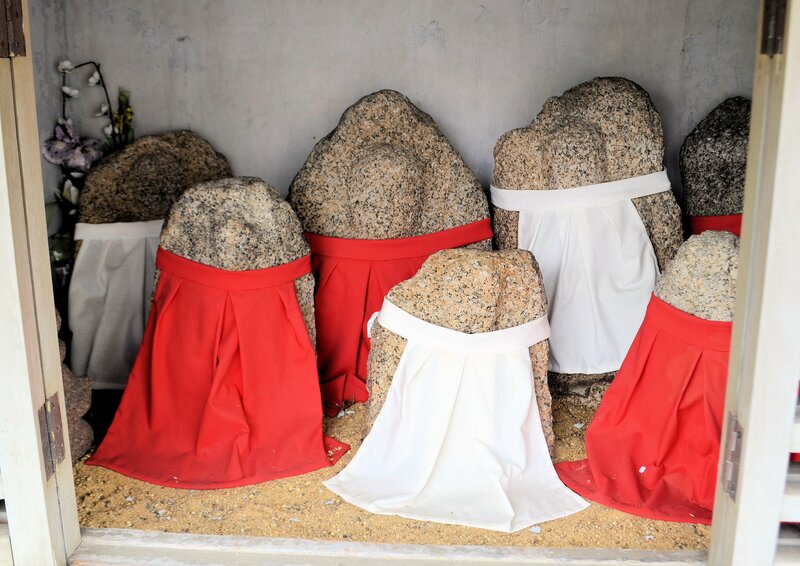
From the 17th century to the 18th century, "Ojizo-san'' was enshrined in a small chapel beside a wooden gate at each crossroads in Kyoto, and "Jizo-bon'' was popular in each town in the summer. . According to ancient documents, a variety of events were already held, such as serving rice with azuki beans to children and reenacting famous Kabuki scenes with puppets. Some towns held weight competitions to check the growth of children.

In the latter half of the 19th century, when Japan's modernization progressed, Kyoto Prefecture issued an order to remove "Ojizo-san" in the city because it was against the progress of civilization, but it was later dug up and enshrined again. Now It is said that the custom spread to the suburbs as the city expanded from the 1960s to the 1970s.
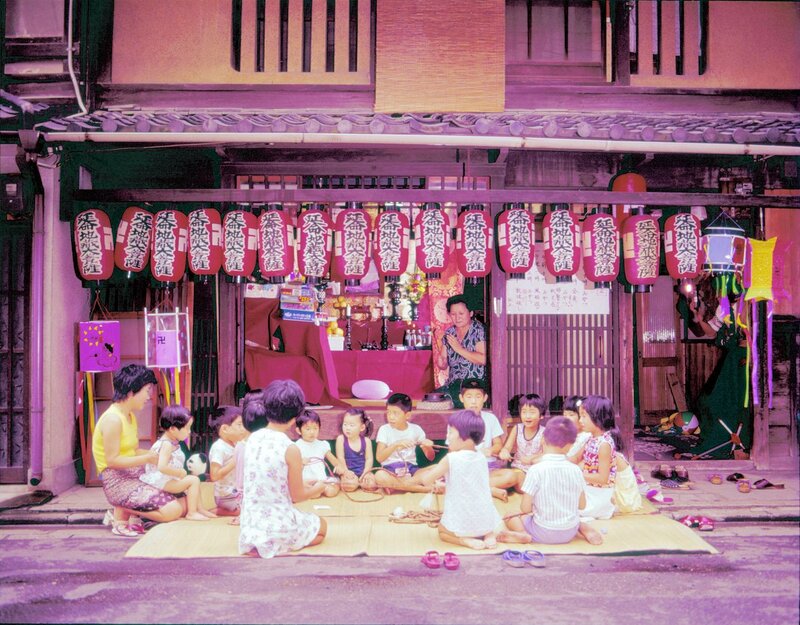
In this way, "Jizobon" is a religious event that symbolizes the history of life and culture in Kyoto, but it is not an event for tourists. If you see them in town, do not step into the venue without permission and observe them from a distance.
